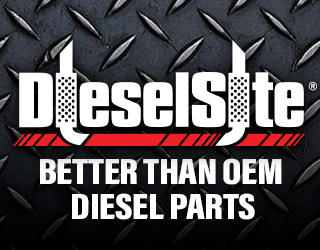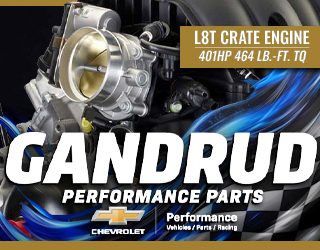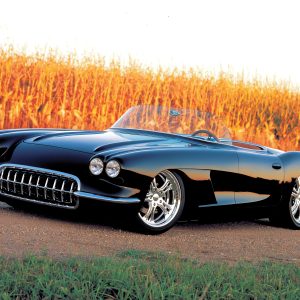Hot Rods
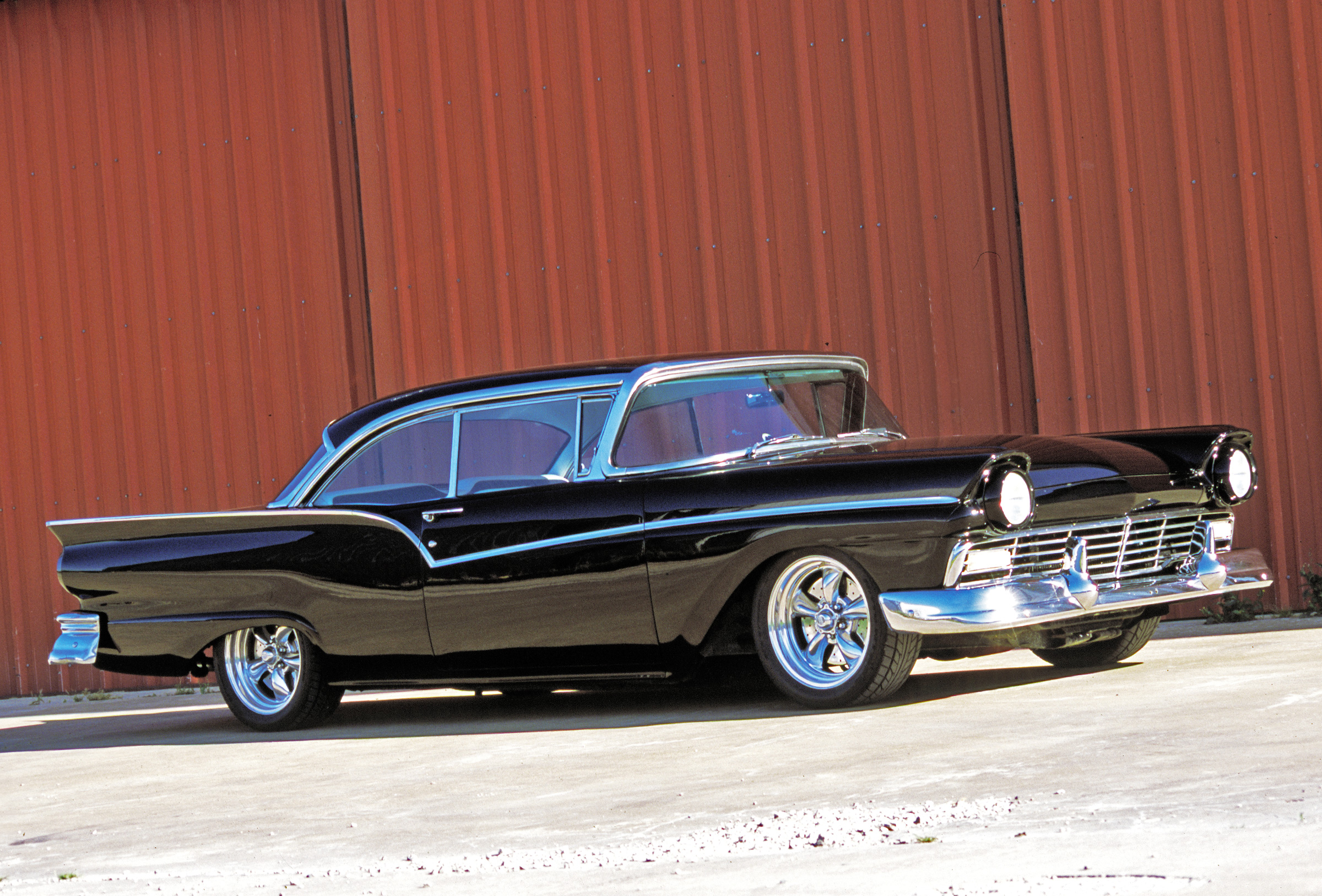
For many hot rodders, the word “custom” conjures up images of chopped, channeled, molded and frenched cars with wild metalflake paint jobs. Such radical customs no doubt helped define the custom movement of the 1950s, along with such phrases as “if it don’t go, chrome it,” but in virtually every town in the USA there was a contingency of mild customs providing their owners with daily transportation, an occasional trip down the dragstrip, and a starring role in the local armory car show a couple of weekends a year. No, most of these cars didn’t hold the local track record, nor did they make it to the ISCA Grand Finale, but they were good examples of shade-tree customizing and hot rodding. Known mostly as a “mild custom,” a term that no doubt originated from car show classes, this style of car was extremely popular.
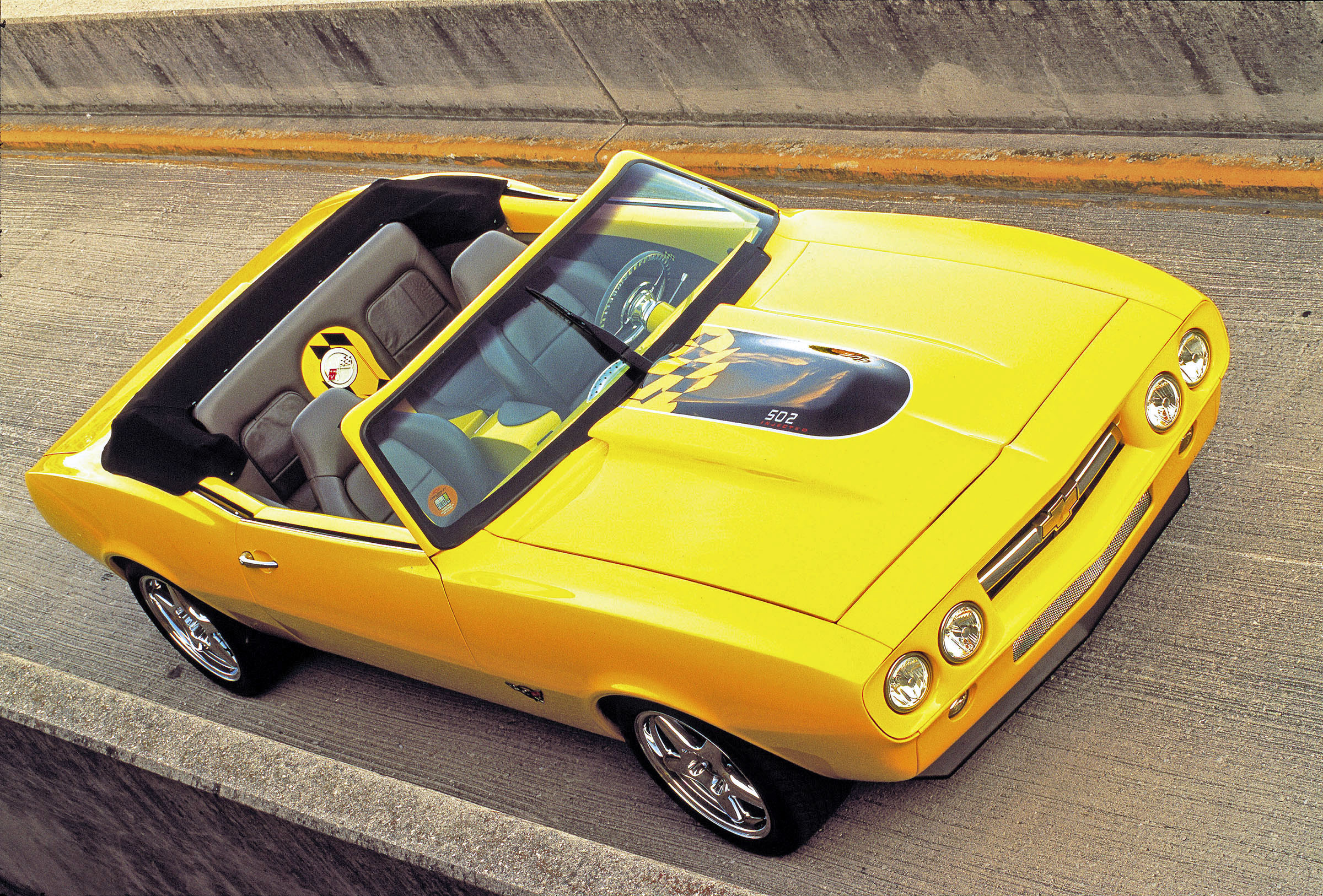
There’s no question that this ’68 Camaro pushes buttons, limits, and envelopes. This unique creation even pushes our understanding. It’s part nostalgia, part Blade Runner, brought together through a great deal of thought, creativity, and sheer talent.
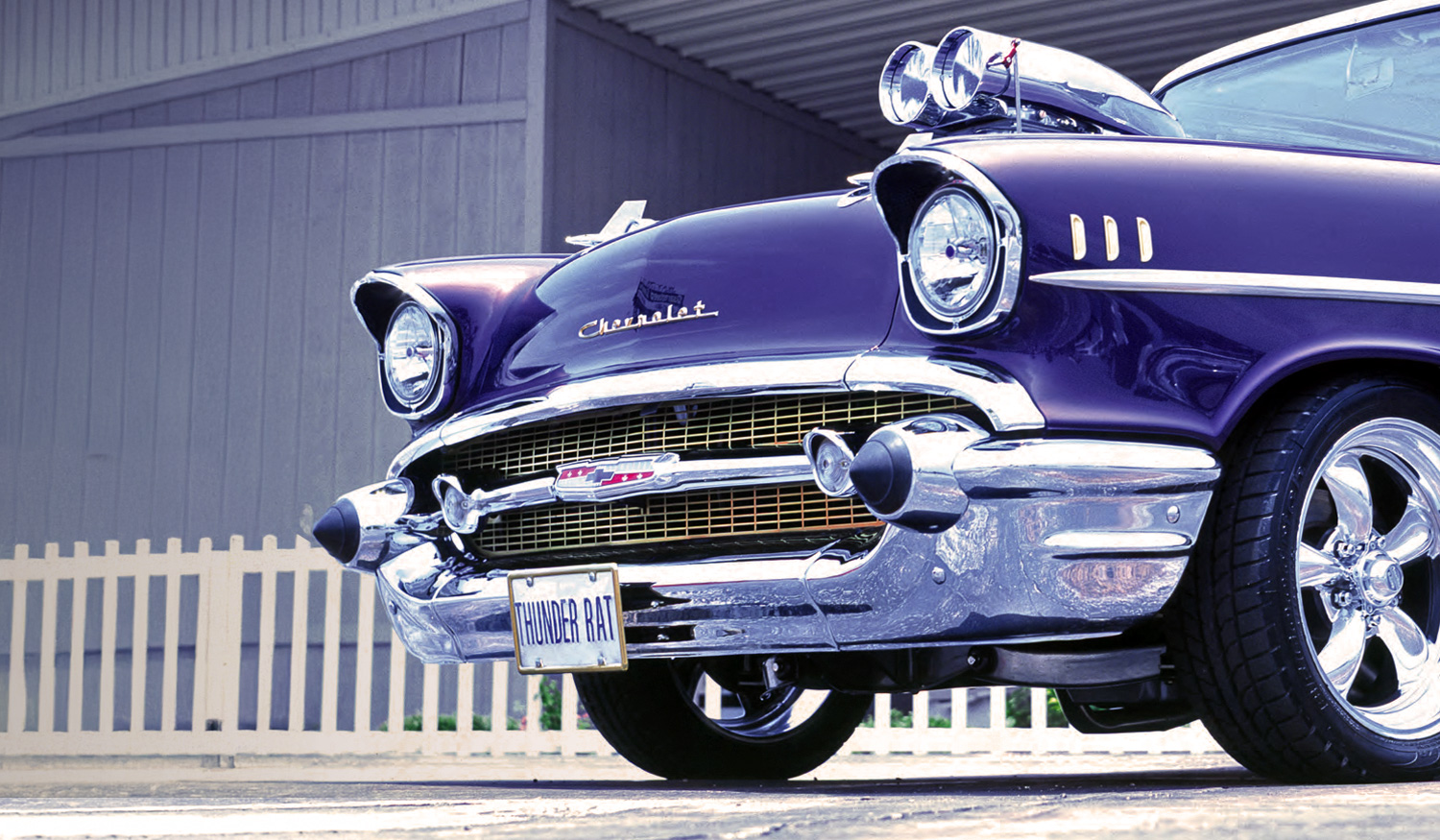
Certain cars are stars. The ’57 Chevrolet Bel Air found itself in starring roles since the first car rolled off the assembly line. From its art deco fins and side trim to its potent 283, the car was an instant hit. Fans of the 1957 continue to follow the car, and the number of fans seems endless. Who could blame them? After all, here is a car that can play the role of a custom with ease, then turn around and be the baddest car on the dragstrip. Oval racing was a role in the early years, and today a ’57 Chevrolet in flawless original condition will draw rave reviews. The ’57 Chevrolet is so flexible, it is at home in any automotive role or costume. As a matter of fact, there are precious few configurations that haven’t been applied to this all-time favorite. Some ’57 Chevrolets have done more than one stint in the theater of the go-fast, and it seems there are no limits for these cars.
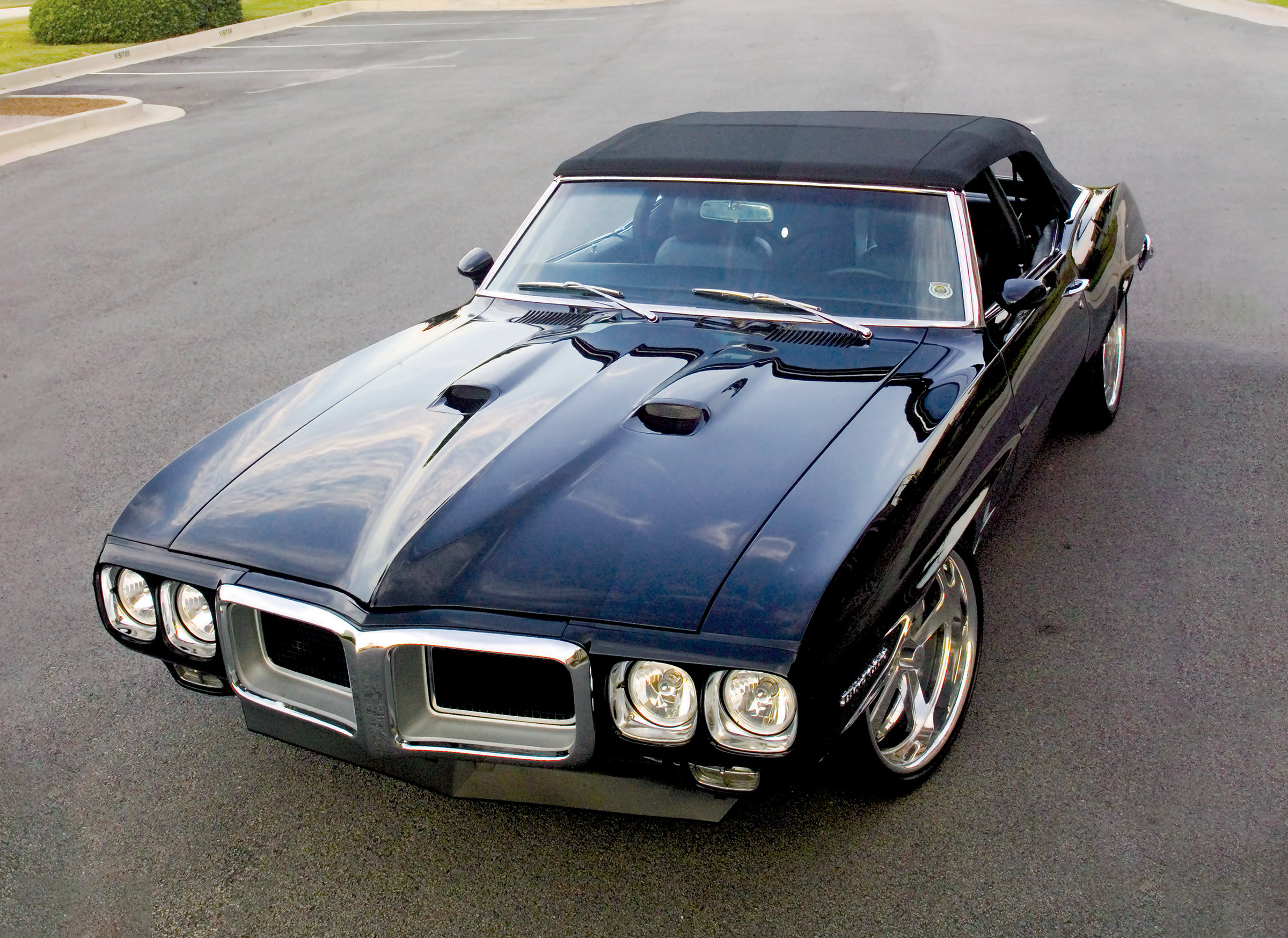
We all have our own passions and preferences in whatever we do: food, music, dress, sports and cars. And passions can run high, particularly with cars. For some it may be Fords, for others Mopars, and there’s the whole broad spectrum of General Motors products—Cadillacs, Buicks, Oldsmobiles, Pontiacs and Chevys, which, of course, have always enjoyed the largest enthusiast following. Yet today more than ever, people looking to separate themselves from the masses are reaching beyond convention to the less-favored among enthusiast cars, but no less admired
nameplates, to satisfy their car needs.
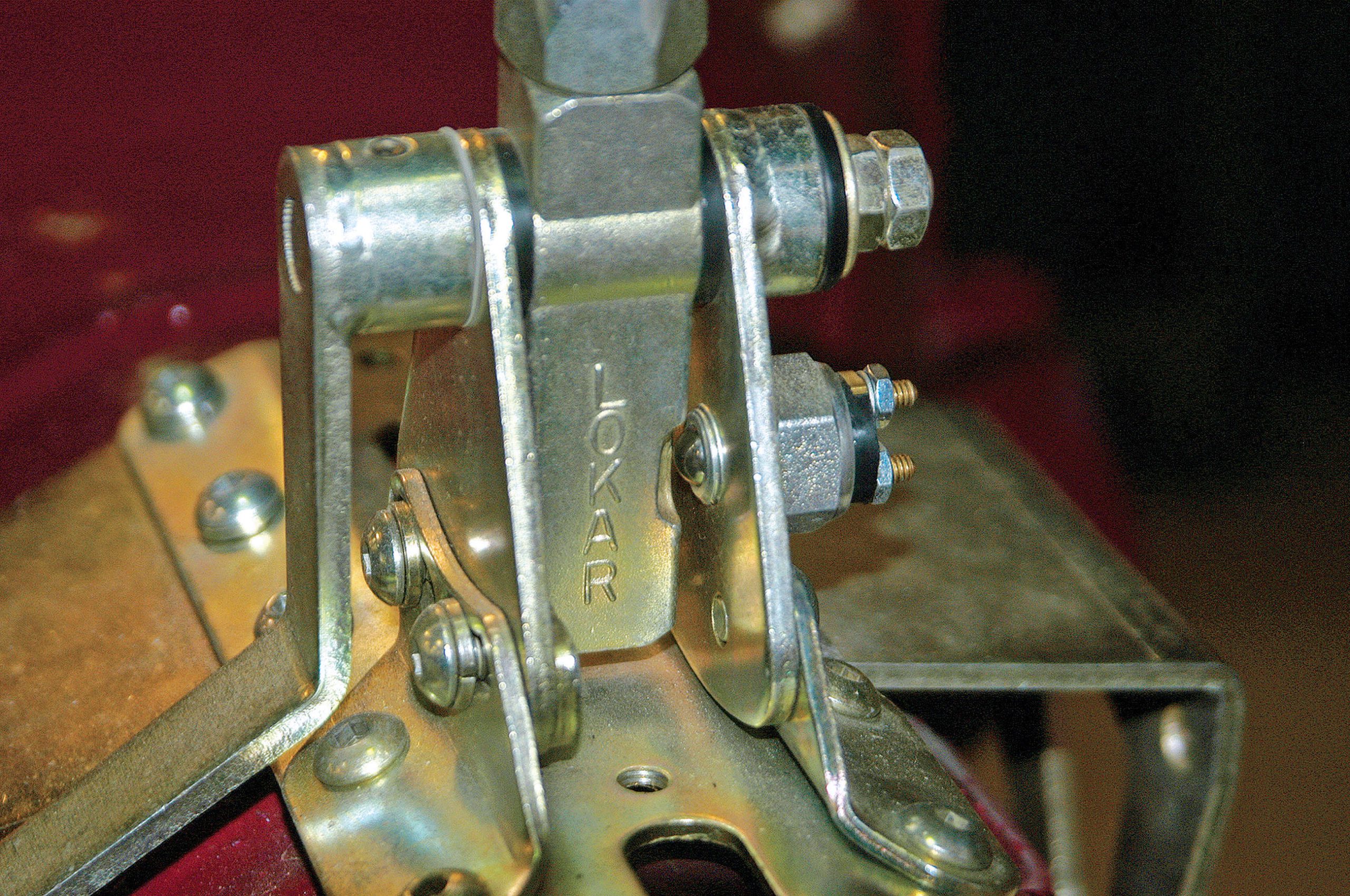
One of the most important safety features of your vehicle is the neutral safety switch, which is the mechanism that keeps your car from cranking in any gear other than park or neutral.
I will admit that this was not one of my better moments, but it did teach me a valuable lesson. While innocently sitting around one afternoon in my ’60 wagon, I accidentally hit the starter while the car was in gear. To my surprise, the engine fired, and the wagon lunged forward. Luckily, I was able to hit the brake prior to doing any damage. When I was able to breath again, I tried starting the engine again, only to find that the car would start in not only park or neutral, but in drive as well. This was an obvious surprise because when the shifter was installed, it worked properly by starting in only the park or neutral position.
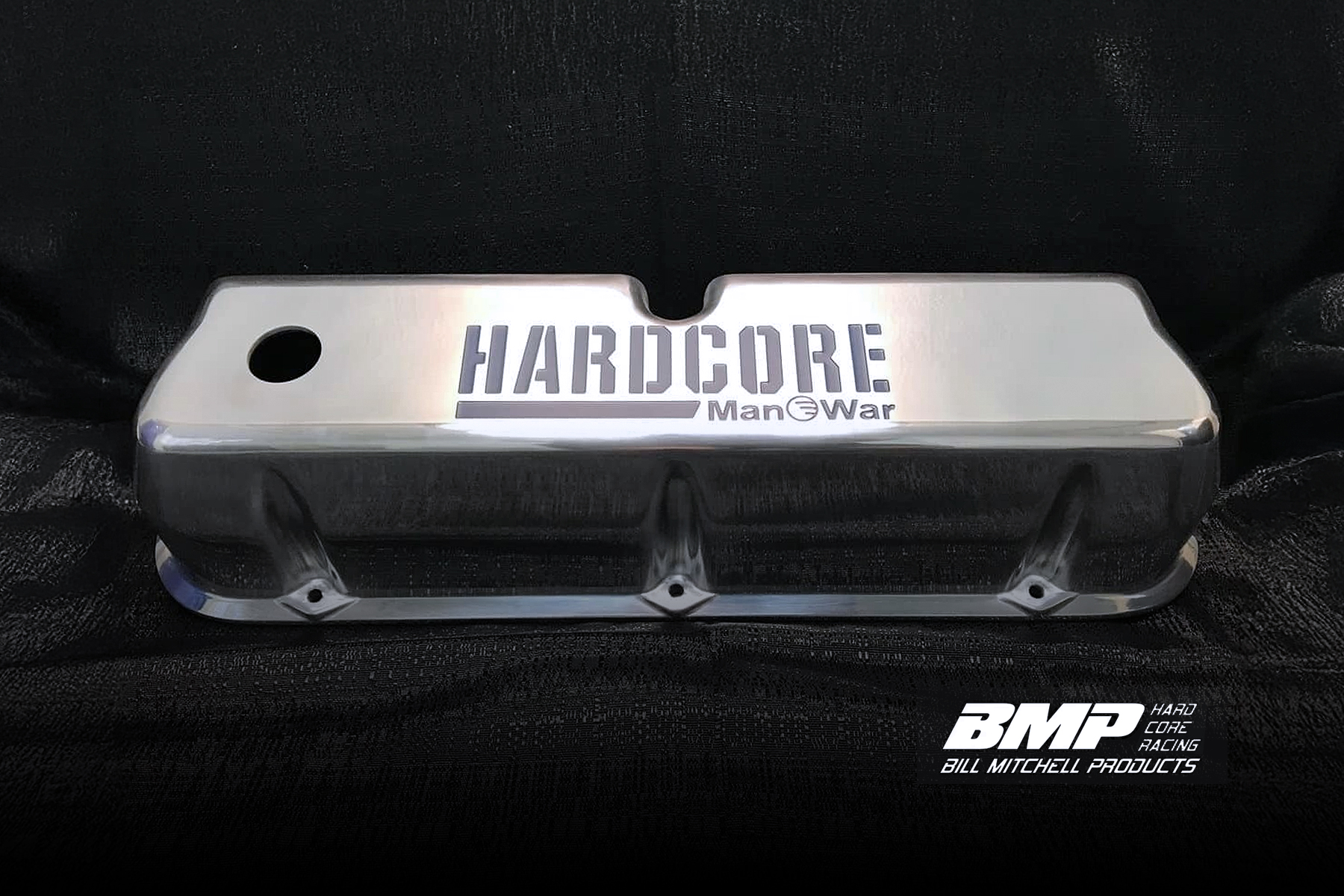
If you’re building a serious Small Block Ford, the details matter — and nothing finishes off an engine bay like a killer set of valve covers. Enter Bill Mitchell Products BMP D70870 Valve Covers, branded with the unmistakable HARDCORE Manowar logo. Originally part of BMP’s 600hp street engine crate program, these covers are now available individually — and at a can’t-miss closeout price.
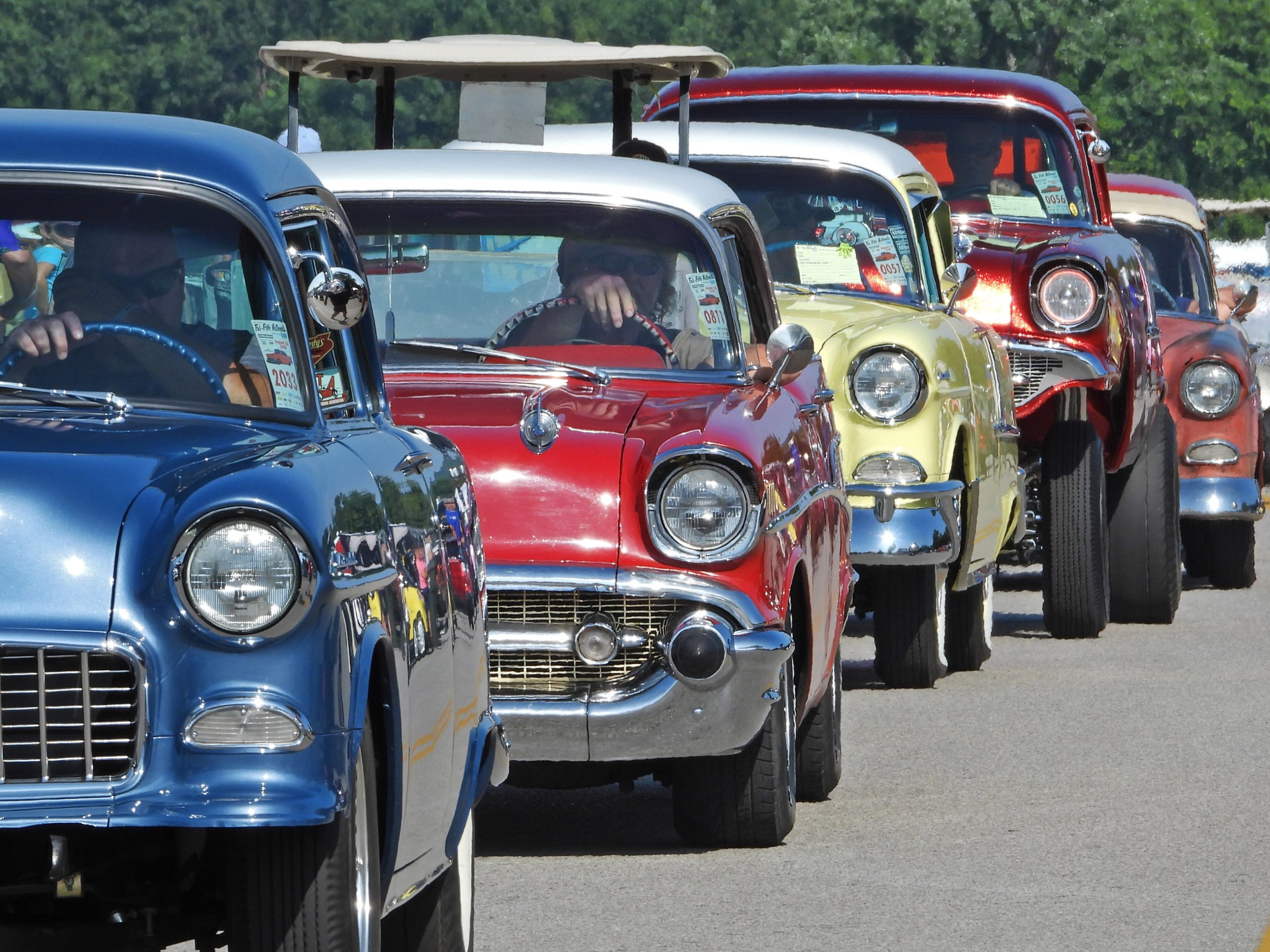
This year marked 70 years since the 1955 Chevy hit the streets, kicking off a three-year run that forever changed the automotive landscape. And judging by the rows of spotless Bel Airs, hardtop sedans, wicked gassers, and full-tilt pro-touring machines, the legend is alive, well, and meaner than ever. Everywhere you turned, there was another masterpiece—whether it was a flawless restoration, a ground-shaking drag car, or a radical custom that pushed the envelope.
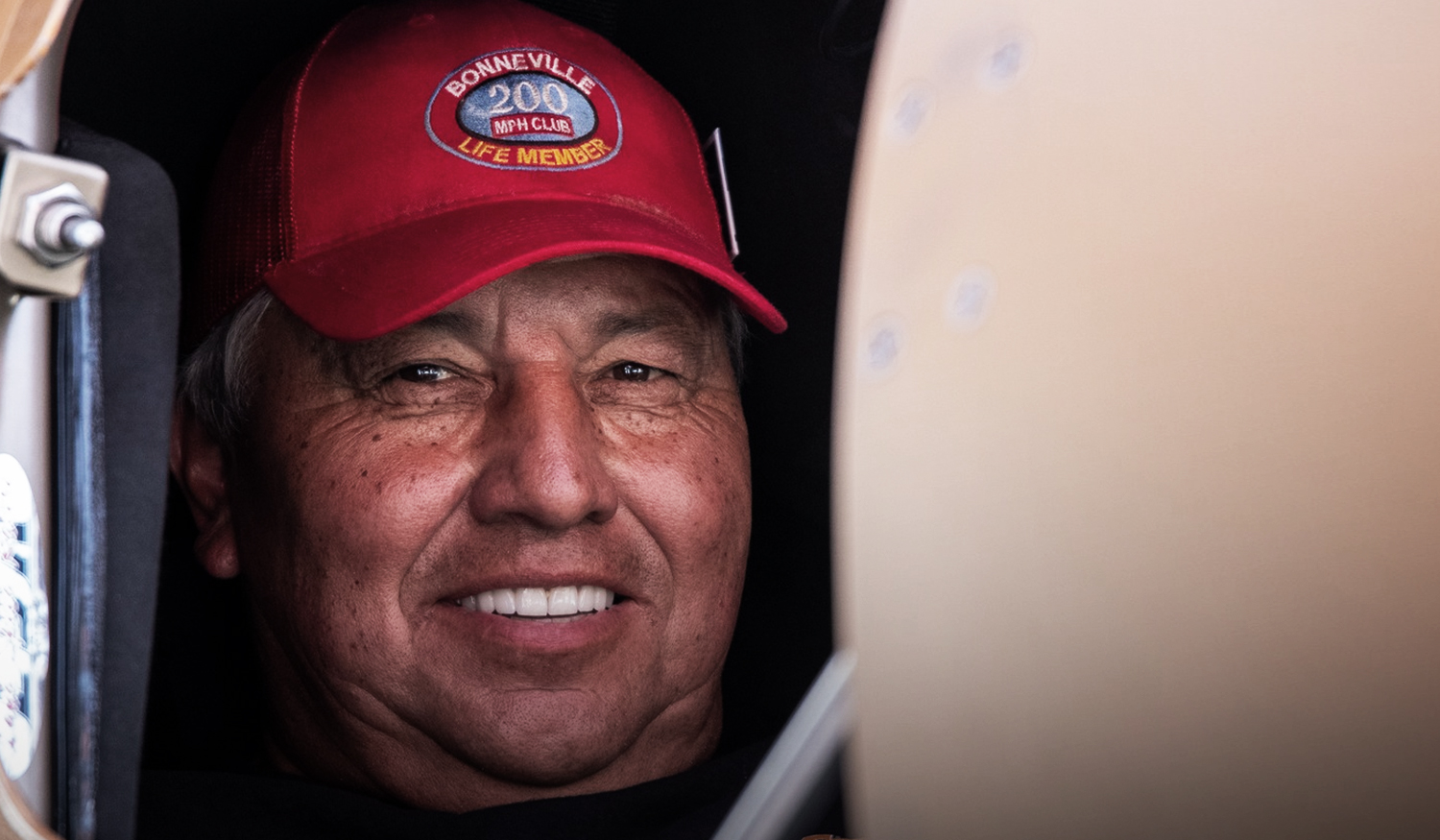
The automotive and motorsports world lost one of its most dedicated champions on Sunday, August 3, 2025, when Chris Raschke tragically passed away following a crash at the Bonneville Salt Flats. He was 60 years old.

In 1955, Chevrolet didn’t just redesign a car—they ignited a movement. The Tri-Five Chevys (that’s shorthand for the 1955, 1956, and 1957 models) arrived like a thunderclap and never really left. These machines were leaner, lower, and louder—in both looks and performance—ushering in a new era of V8-powered excitement. The shoebox shape, the tailfins, the grille teeth…every detail had attitude. And the world noticed.
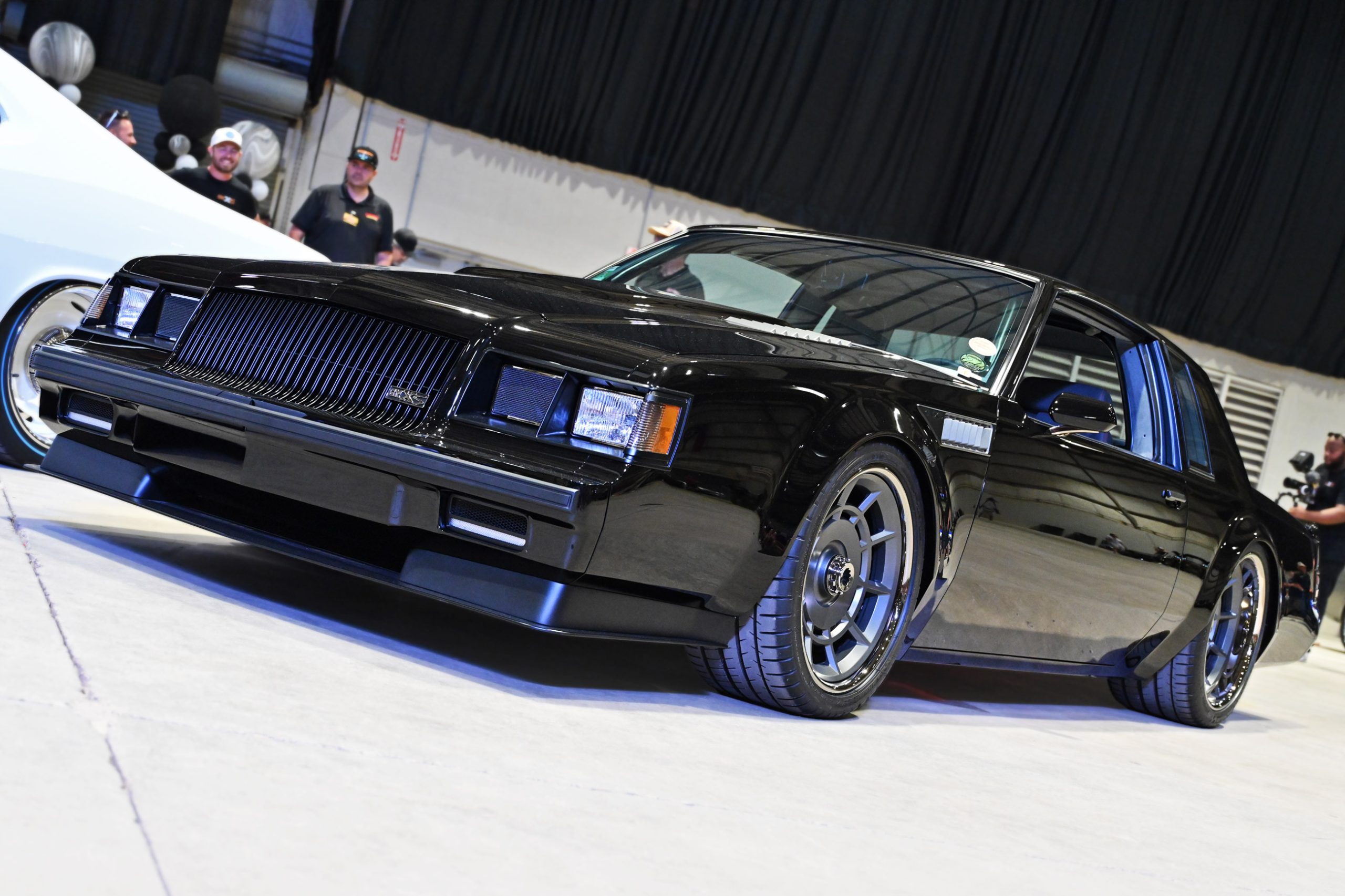
If you’re into big power, insane craftsmanship, and the kind of custom cars that stop people mid-sentence, then Columbus, Ohio in July is the place to be. The Goodguys Nationals isn’t just a show—it’s the showdown. Since ’98, this event has become ground zero for the best in hot rods, muscle cars, and one-off customs that blend tradition with full-throttle insanity.





